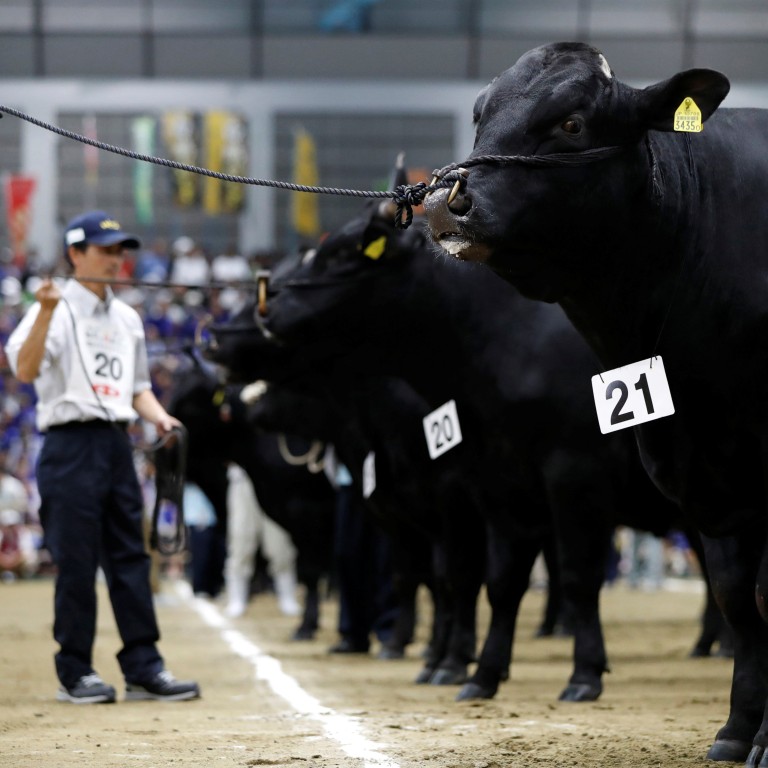
Japan’s ‘Wagyu Olympics’ and how the best beef is selected by restaurants and retailers in Hong Kong
- Japan’s largest wagyu fair, held every five years in October, crowns the top Japanese beef, with wagyu from Miyazaki prefecture dominating in recent iterations
- Sellers in Hong Kong talk about how the select they highest-quality beef from renowned areas of Japan, based on breed, sex, age and diet
The Zenkoku Wagyu Nouryoku Kyoushinkai, or Zenkyo for short, is the largest wagyu beef fair in Japan. Held once every five years since its founding in 1966, it is regarded as the “Wagyu Olympics”. This year Zenkyo will take place from October 6 to 10 in Kagoshima prefecture, on the island of Kyushu.
There are only two categories in the fair: breed improvement and meat quality, the latter having various subcategories. In the past three iterations of Zenkyo, Miyazaki wagyu, from Miyazaki prefecture, dominated by winning in either one or both of these categories.
“Japan has 47 prefectures and we know which ones enter Zenkyo and which refrain from the competition,” says Wyman Lee Wai-man, a meat buyer for Hong Kong’s upmarket grocery chain City’super.
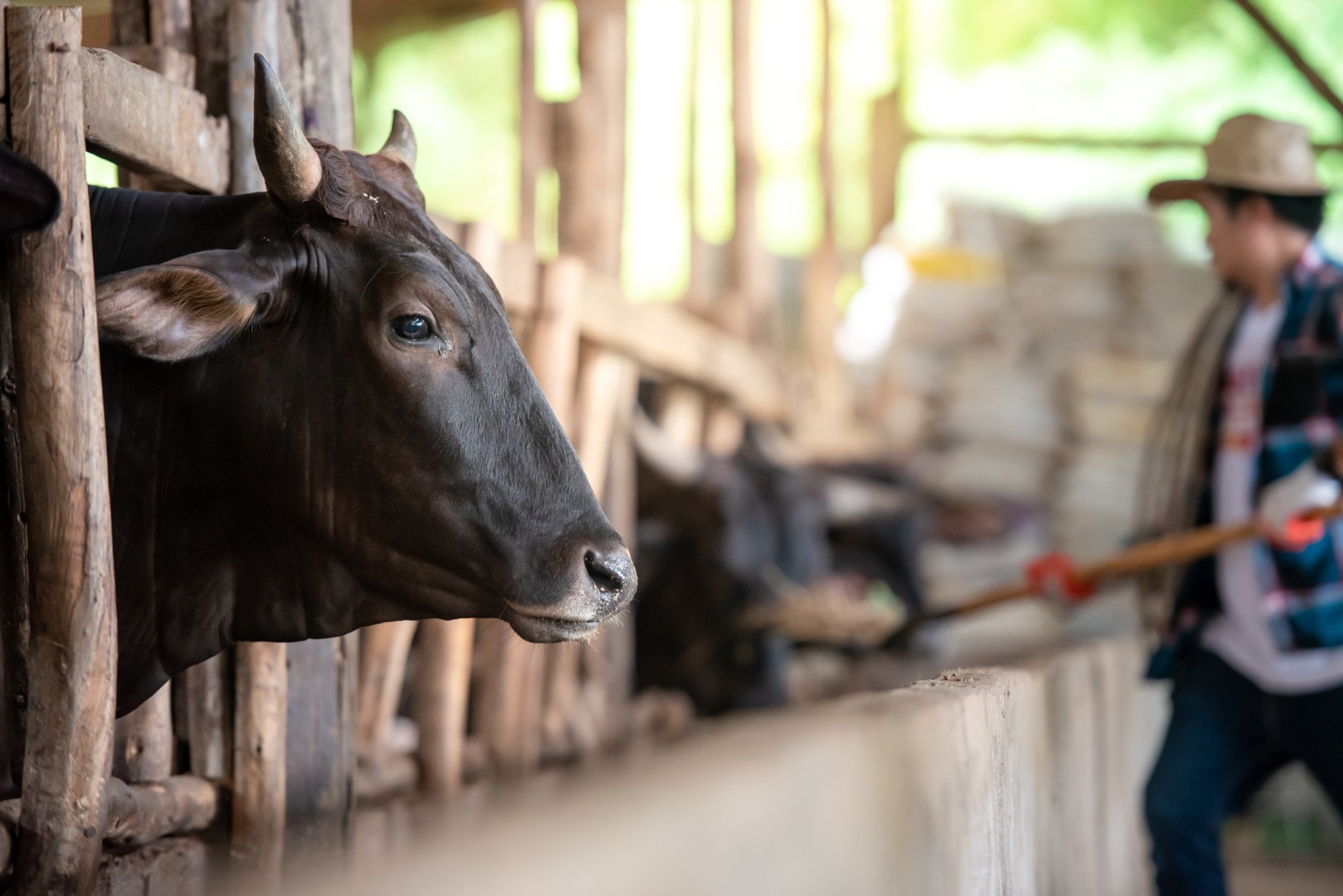
According to Instagram food influencer Joyce To Ysz-heo, wagyu is one of the few premium delicacies that is widely loved around the world.
“Luxurious food items like caviar and sea urchin may not appeal to everyone’s palate but beef, everyone can understand. It’s also an accessible ingredient that elevates something like a simple burger, [and is] perceived as more desired and exclusive. That’s why Hong Kong people love it so much,” she says.
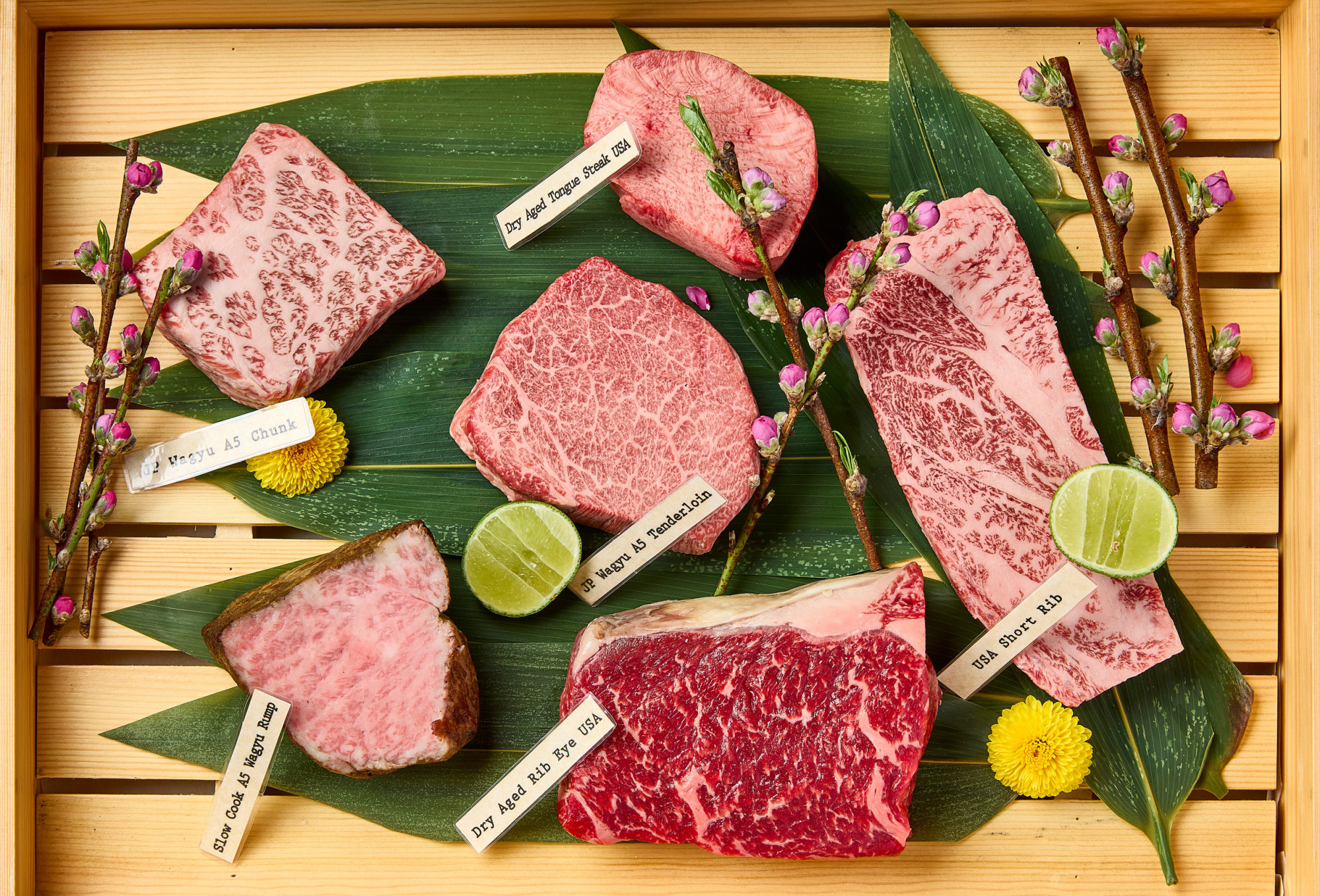
“Breed, feed and age are pretty much self-explanatory. It’s important to note though that grading [determined by factors like marbling, fat colour and firmness of the meat] is carried out by looking at and feeling the meat – not tasting it, so the amount of fat in a cut of wagyu that lends to the best taste really boils down to personal preference,” he says.
“Geography refers to how climate and temperature influence how the cattle grow. For example, cows typically grow slower in colder climes, and muscle fibres tend to be more delicate. Also, for those who like the cut, the tongue is softer.”
Each brand of wagyu has its own logistics chain, so the time it takes to get from the slaughterhouse to plate varies from company to company.
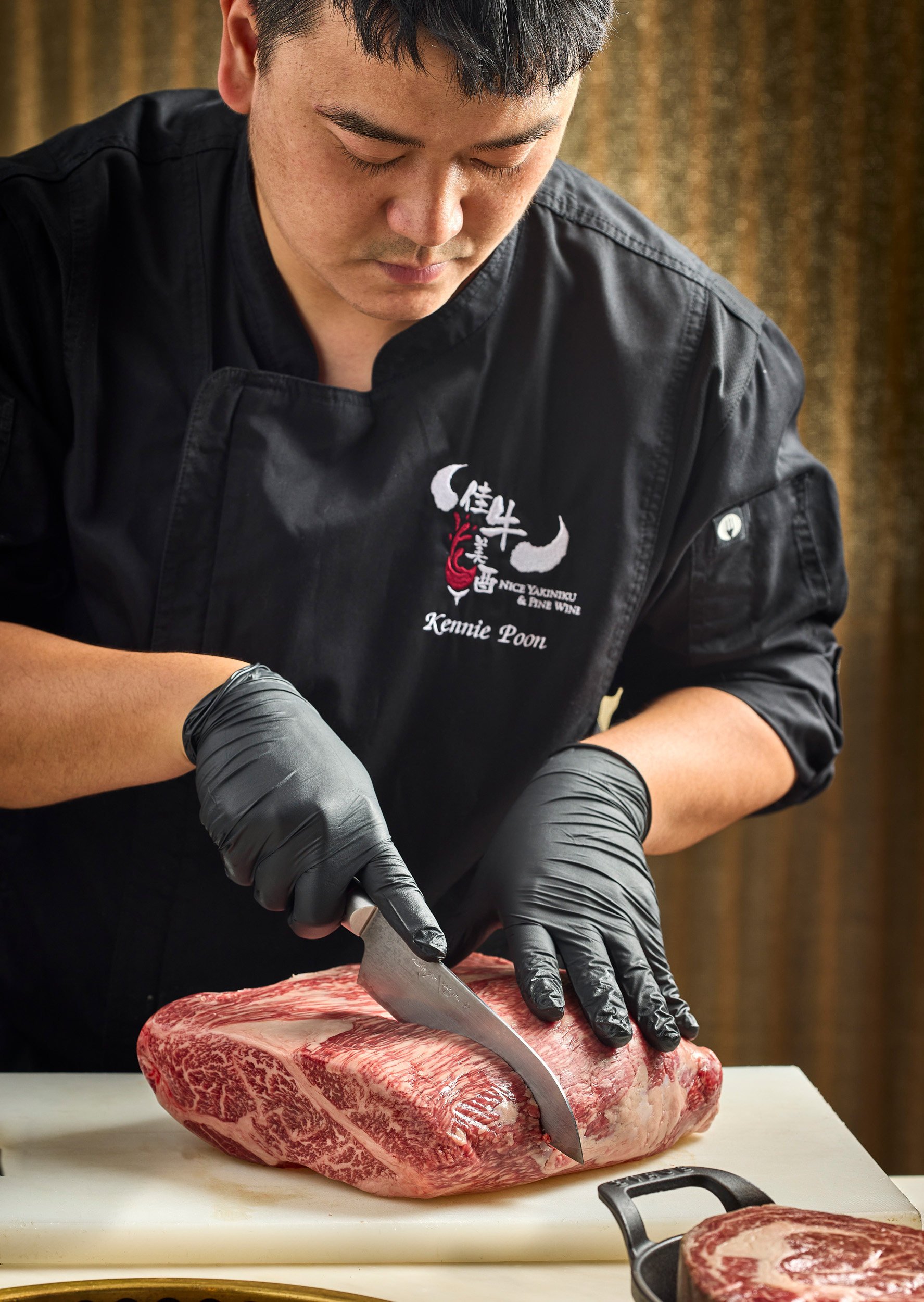
Kennie Poon Chi-kin, the executive chef of Nice Yakiniku, in Hong Kong’s Causeway Bay area, has created an exclusive menu featuring A5 – the highest grade – Miyazaki wagyu. For him, breed, age and grading were the key factors in his selection.
“Miyazaki wagyu is known for its quality and consistency. Its success is backed by superb quality control – from genetic breeding of its Black cattle breed, or Kuroge, from Miyazaki prefecture, to its detailed heritage recording system and strict food selection,” he says.
“It also dedicates one rancher to looking after four cows at a time. Its cattle must be over 30 months old and graded A4 or above by the Japan Meat Grading Association.”
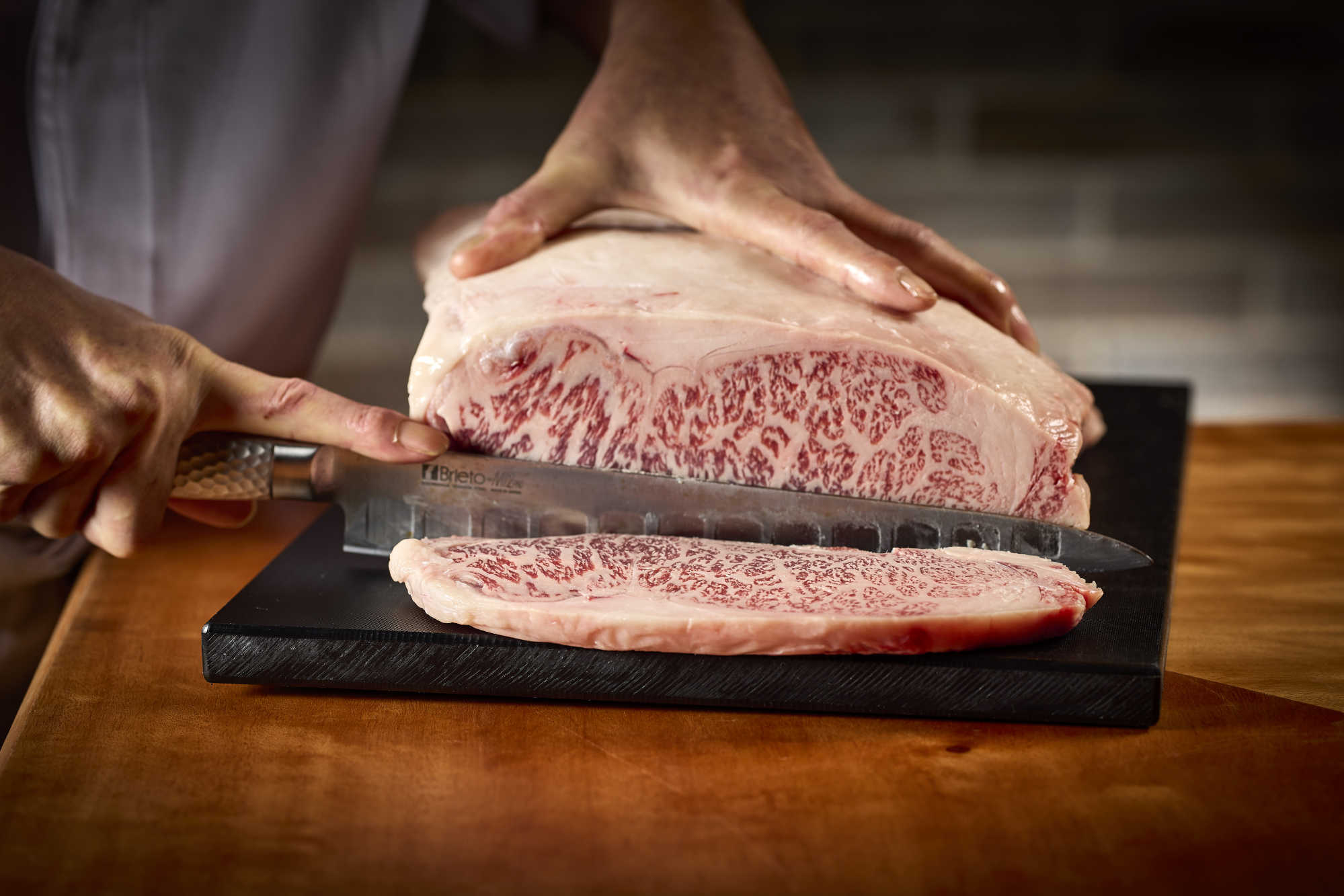
Newly opened Ushidoki, in Hong Kong’s Central business district, specialises in wagyu kaiseki. The restaurant is supplied exclusively by a farm in Kagoshima prefecture that prioritises feed and grading.
“We are delighted to bring Ushidoki’s omakase-style wagyu kaiseki experience to Hong Kong, with the exclusive wagyu from the famed Oda farm, in Kagoshima prefecture,” says Masashi Kamatani, managing director of AP Place Hong Kong, the group that owns the restaurant.
“Odagyu [the breed of cow from Oda Farm] has a unique 12-compound diet, and comfortable raising conditions contribute to the premier wagyu grading, with rich, melt-in-the-mouth marbling for legendary umami flavour.”
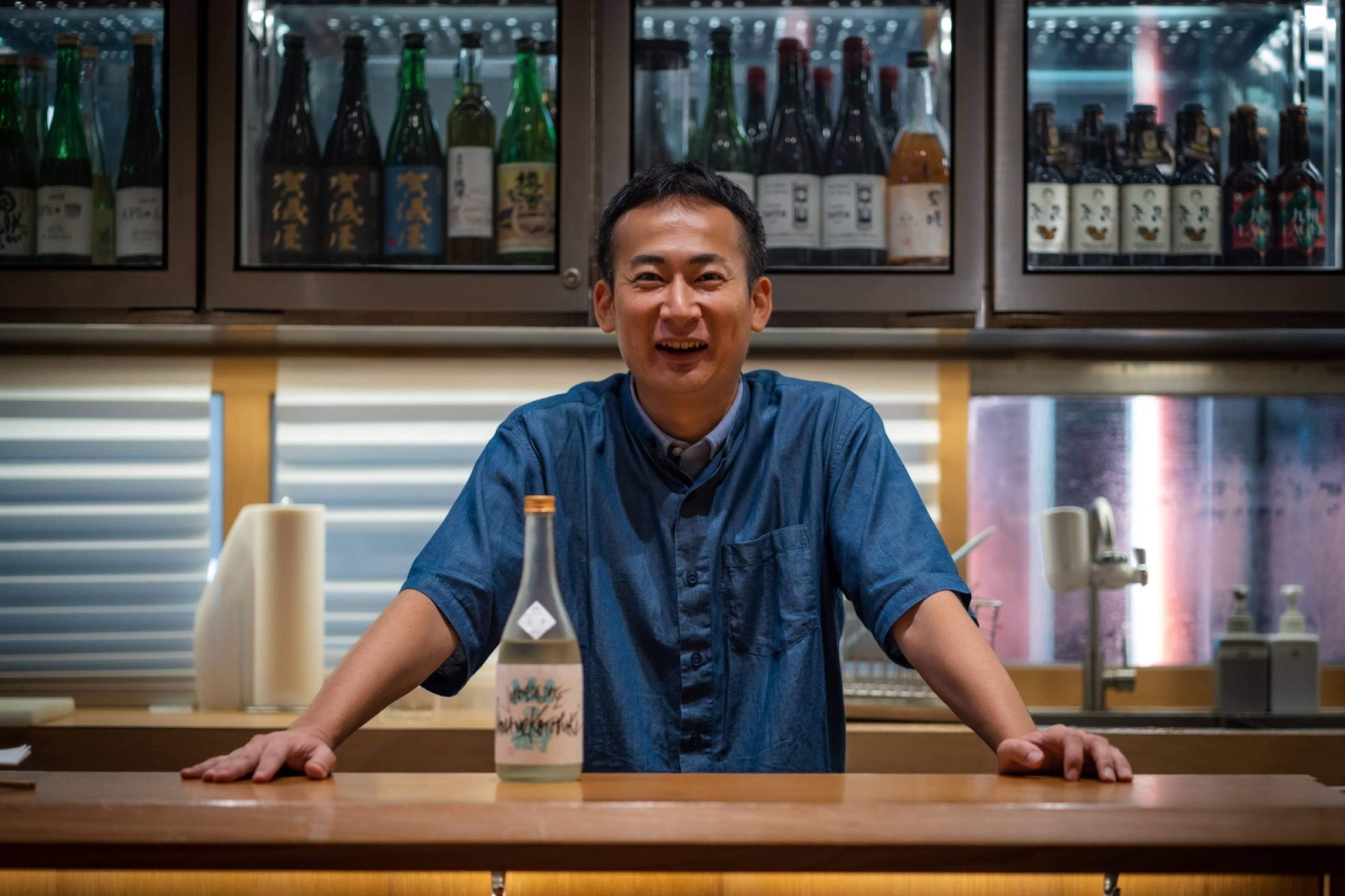
City’super, meanwhile, enjoys Hong Kong-exclusive rights to beef from Yamagata prefecture, in northern Japan, which it serves at its flagship restaurant – Mikura, in Causeway Bay.
While Yamagata is not a big player in the Wagyu Olympics, it is among the top six wagyu producers in Japan. The supermarket has been able to influence certain aspects of the wagyu, such as age, gender and logistics.
“We’ve been able to give input into how our inventory is handled, from farm, slaughterhouse and transport to butchering,” says Lee. “The farm has also agreed to extend the age of the cattle from about 26 to 30 months before slaughter and to only use ‘maiden’ cows, which haven’t bred. The result is a tender meat with finer fat striations.
“Smaller brands have a bit more room for experimenting with different grains and feeding schedules. This gives them an edge when it comes to providing something different in the market.”

Ultimately, which wagyu is the most delicious depends on personal taste.
“As a wagyu lover,” says To, “I’ve tried all types, but there’s a limit to discernment once you get to a certain level. You would be hard-pressed to find someone who can taste a certain cut and be able to proclaim which prefecture it’s from.”
Despite this, the Wagyu Olympics does serve as a gauge and offers good publicity for the regions.
If presented with an award-winning cut of beef at a restaurant, To admits that she would pay a premium to sample it.
“Japanese people have been known to push the boundaries of refining wagyu. If I was given the option at a restaurant to try something that has been awarded at the Wagyu Olympics, I would be curious to see what sets it apart.”

